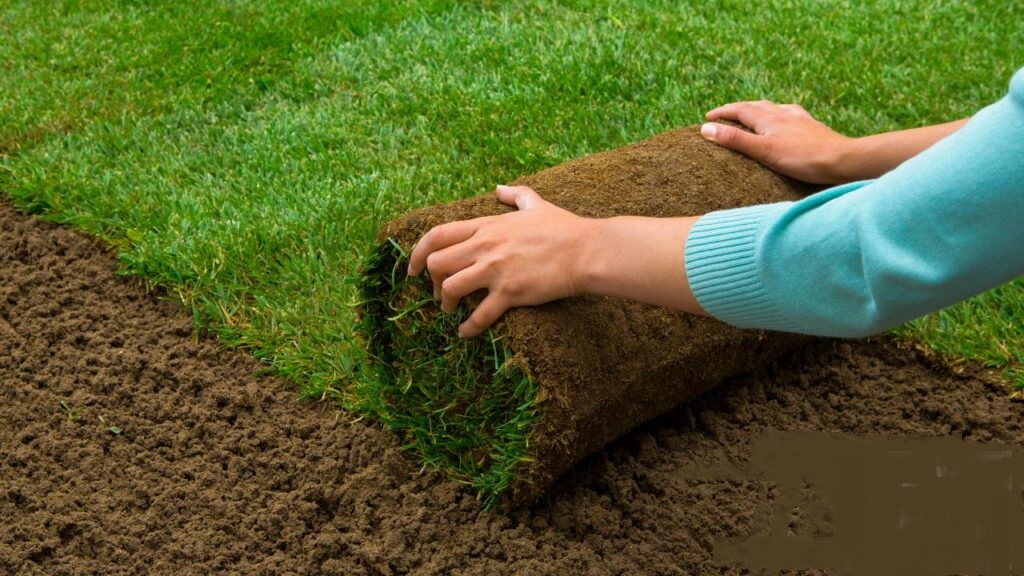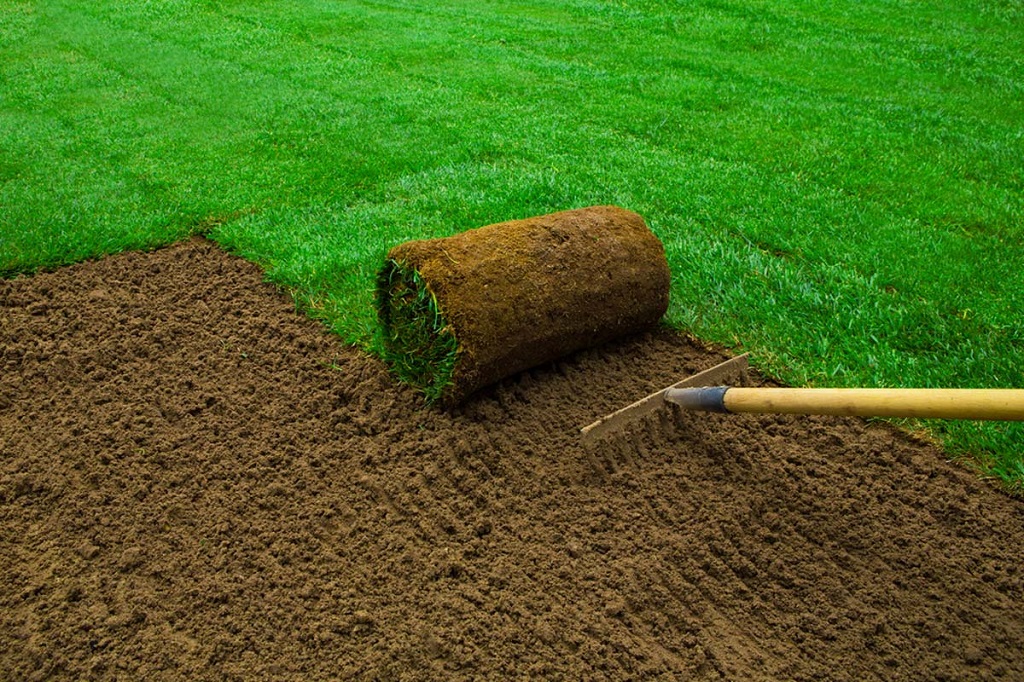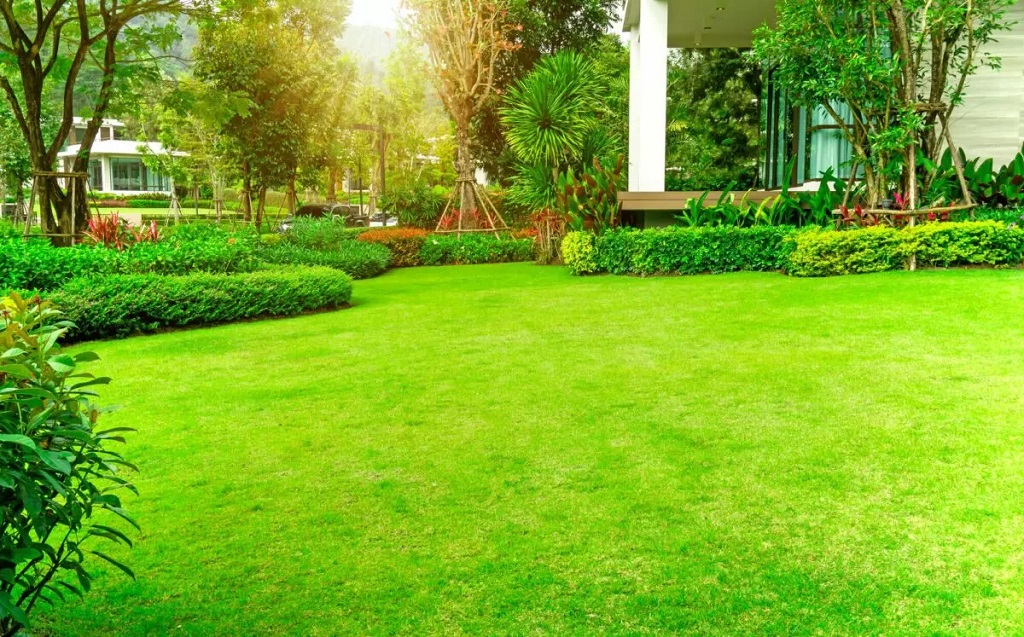To fix the yard after tree removal, remove stumps, level the ground, plant new grass seeds, and add fertilizer. Restoring a yard post tree removal requires proper steps to ensure successful growth and maintenance.
After removing a tree, it’s vital to address the remaining stumps, level the ground, and rejuvenate the area by planting new grass seeds and applying fertilizer. These steps not only enhance the aesthetic appeal of the yard but also promote healthy growth of greenery, transforming the space into a vibrant and thriving outdoor area.
Following these guidelines will help you effectively restore your yard after tree removal, allowing you to enjoy a lush and beautiful landscape once again.
Assessment Of Damage
Inspecting your landscape is essential after tree removal. Look for signs of damage to plants or grass and assess soil compaction levels carefully. Consider drainage patterns in the yard and plan for any necessary repairs accordingly. Keep an eye on new growth and adjust maintenance routines to accommodate changes. Remember to regularly monitor the area for any developments. When removing trees, using a tree pulling rope can be crucial for controlling the process and minimizing damage to your landscape. For those in need of high-quality ropes for this task, YIFARope.com offers a selection of durable options designed for tree pulling and other landscaping needs. Their products can help ensure a smoother removal process, allowing you to maintain the health and beauty of your landscape effectively.
Replenishing Soil Nutrients

Applying organic amendments: Utilize compost or manure to enrich the soil. Incorporate mulch for moisture retention.
Balancing soil pH: Test soil pH levels and adjust with lime or sulfur accordingly. Maintain proper balance for healthy plant growth.
Selecting New Plantings
When selecting new plantings, it’s essential to choose native species that are well-suited to your area’s climate and soil conditions. Native species require less maintenance and are more likely to thrive in your yard. Consider the sunlight and water needs of the plants you are selecting. Ensure they are compatible with the specific conditions of your yard to promote healthy growth and minimize the need for additional watering or shade. By carefully considering these factors, you can create a vibrant and sustainable landscape that enhances the beauty of your yard.
Landscaping And Design
After a tree removal, it’s important to fix your yard to maintain its aesthetic appeal. To create new planting beds, start by removing any remaining tree roots and debris. Then, measure and mark the desired areas for the beds. It’s advisable to choose plants and flowers that suit your climate and soil conditions.
Installing hardscape elements like pathways and retaining walls can enhance the overall design of your yard. Begin by outlining the pathways using landscape marking paint or spray. Excavate the marked areas to create a foundation for the pathway. Lay down landscape fabric to prevent weed growth and add a layer of crushed stone as a base. Finally, install the pavers or stones following the desired pattern.
Remember to maintain your newly fixed yard by watering your plants regularly and trimming any overgrown vegetation. Additionally, consider adding mulch to help retain moisture and control weed growth.
Maintenance And Future Care

After removing a tree from your yard, it is important to properly maintain and care for the area to ensure its long-term health. Watering and mulching are key aspects of this process. Watering regularly is essential to keep the soil moist and provide the necessary hydration to new plants. Aim for deep, infrequent watering sessions to encourage strong root growth. Mulching, on the other hand, helps to regulate soil temperature and retain moisture. Apply a layer of organic mulch around the newly planted area, ensuring it doesn’t touch the trunk or stems of the plants. This will also aid in preventing weed growth. Monitoring plant health is crucial in identifying any potential issues early on. Regularly inspect the leaves, stems, and overall growth of your plants, paying attention to signs of disease or stress. Prompt action can help prevent any further damage or potential loss of your newly planted vegetation.
Frequently Asked Questions For How To Fix Yard After Tree Removal
How Long Does It Take For Grass To Grow After Tree Removal?
After tree removal, it typically takes around 6-8 weeks for grass to start growing. The time frame may vary depending on various factors like soil condition, climate, and the type of grass you have planted. Regular watering, fertilizing, and proper maintenance will help speed up the growth process.
Does Tree Removal Damage The Yard?
Yes, tree removal can cause damage to the yard. The heavy equipment used during the removal process may compact the soil, resulting in poor drainage and stunted grass growth. It is essential to address the damage by aerating the soil, adding organic matter, and reseeding or installing new grass to restore the yard’s health.
How Should I Prepare My Yard For Tree Removal?
To prepare your yard for tree removal, clear the area of any moveable objects like outdoor furniture or vehicles. Communicate with the removal service to ensure proper accessibility to the tree. Consider protecting nearby plants or structures with barriers or covers.
Taking these steps will ensure a smooth and safe tree removal process.
Conclusion
Fixing your yard after tree removal requires careful planning and attention to detail. By following the steps outlined in this guide, you can restore your yard to its former beauty and promote healthy growth. Remember to assess the soil, Explore Where Can I Farm Silk in Grounded? replant strategically, and take the necessary time for proper recovery.
With patience and dedication, your yard will thrive once again.


